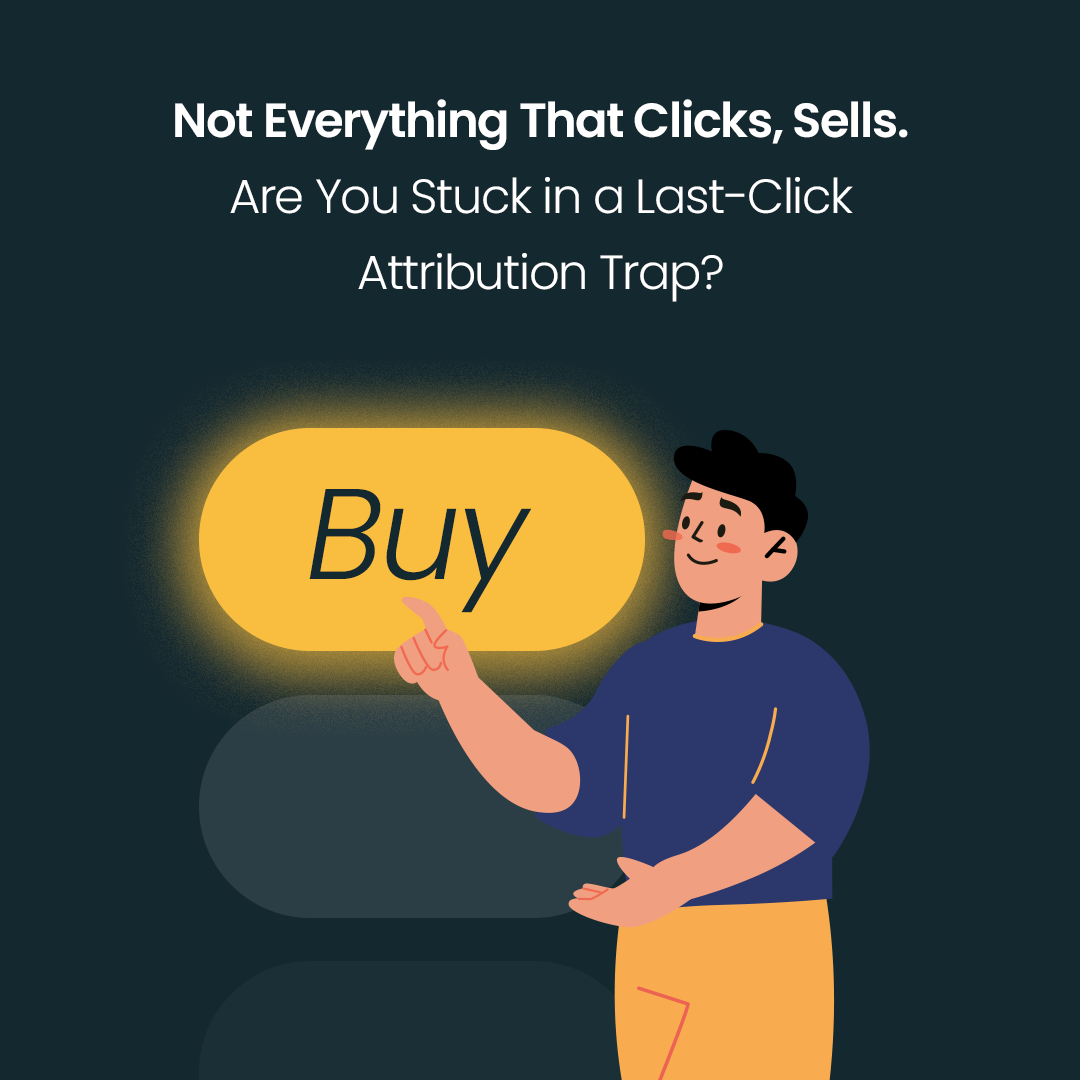In this day and age, managing campaigns in Poland, as well as the foreign markets, has become one of the main tasks for entrepreneurs as the development of available technologies enables companies to reach their customers worldwide. Programmatic Buying, an automatic process of purchasing online advertisements, enables you to efficiently reach the targeted audience. In this article, we’ll present how to effectively target ads in campaigns aimed at multiple foreign markets and how to utilize the resources offered by Display & Video 360. The tips provided in the article will boost your working time optimization and the performance of your campaigns.
So what targeting options does DV360 offer?
Each campaign focuses on specific target groups. To maximize potential outcomes, it’s beneficial to create several key targeting segments within the capabilities of Display & Video 360. These include behavioral and purchasing profiles available within Google Display & Video 360. A good idea is to use Custom Affinity and Custom Intent lists. That allows the creation of user profiles to be targeted with our marketing messages. Additionally, there are contextual targeting options available for thematic website categories and specific web pages. We want to display our product on. Another targeting method that you can rely on is third-party lists from external providers. While they may have smaller potential in terms of available users, they complement other targeting methods. Of course, the scale of advertising/broadcast may differ depending on the target group for our product. This approach will help you determine which group performs best in terms of sales and reach. What is more, you can benefit from knowing this in your future campaigns.

The new custom affinity/intent list can be created by accessing the ‘all audiences’ tab.
Make sure you use SDFs
Imagine you’re running a campaign in several foreign markets and applying the same targeting forms, only the country is different. It could take an entire day to manually set up such a large number of Insertion Orders and Line Items. To avoid this, it’s worth checking out SDFs (Structured Data Files), i.e. structural data files that enable campaign modifications. SDFs can also be used to create new campaigns or copy the manually set campaigns. Thanks to them, you can significantly cut down on the setup time for multiple campaigns. However, you need to remember that SDFs cannot be applied everywhere. For instance, campaigns on YouTube, Life Events targeting, and Detailed Demographics cannot be imported or copied using SDFs. Similarly, if the campaign comes with a product feed, any settings related to displayed products cannot be modified or copied using SDFs. However, if these functionalities are not extensively used, their absence goes unnoticed.

You can download SDFs for each campaign level.
Remember about diversification
Each country has different rates depending on various factors. Typically, Western countries have higher rates compared to the CEE region. Keep this in mind when estimating campaign costs. Oh, and also, consider population size. Your target audience will be smaller in Slovenia, with around 2.2 million inhabitants, than in Germany, where over 83 million people reside. Make sure you factor this variable into your budget estimates. Incorrect calculations might seriously limit your ability to reach new users. Which, in turn, could lead to problems in utilizing the campaign budget. Also, every country is different when it comes to targeting. For example, in the UK, targeting individuals interested in ice hockey in Nordic countries might have more potential than targeting the same individuals in Southern European countries.
One of the tools is Reach Planner, available through Display & Video 360. It allows you to plan your upcoming campaigns and determine their expected future results. While working with Reach Planner, simply select the country to target your ads and estimate the budget needed to reach the desired number of users. Reach Planner estimates campaign reach on YouTube, display campaigns in the Open Marketplace, and campaigns using publisher deals.

The Reach Planner will show you how many users you can reach with a specific budget.
Put Excel to work too!
Excel can make an effective tool for some advanced campaigns. It will let you create pivot tables, whose structure often gives you better insight into the situation. Inserting a pivot table is relatively easy. Extract report data from Display & Video 360, open it in an XLS spreadsheet, and then create a pivot table based on that data. Initially, it might seem challenging and complex, but with each subsequent use, it becomes more manageable. Another useful function is VLOOKUP. It allows you to find a parameter you’re looking for in a given column and return the corresponding value. In the same row but in a different place. For instance, if you have a product table where the first column contains a list of products and the second their prices, you can find the price of a specific product based on its name using the VLOOKUP function. Provide the product name as the lookup value, the range of cells containing the product column, the price column as the range, the column number where prices are, and the value “FALSE” as the search range. The VLOOKUP function will return the price of the entered product.
Monitor your campaigns regularly
At least 3-4 days must pass before your advertising begins taking advantage of the available sales algorithms. During this time, it’s good to check if the campaign isn’t spending more budget than it should or encountering other issues. If not, after this period, you can comfortably introduce optimization to improve your campaign results. It’s essential to check for optimization opportunities every three days. If the campaign is performing well, there’s no need to worry. However, if it’s performing worse than expected, it’s worth investigating further.
It’s essential to check areas such as:
Ad space where the creative is displayed
Target audience potential
Frequency capping
Brand safety settings

The troubleshooter tool will show you any potential issues with the campaign.
Summary
Effective management of advertising campaigns in Display & Video 360 requires an understanding of various platform aspects, optimization skills, and available tools such as SDF and optimization algorithms, pivot table functionalities, or built-in Excel functions. Remember that each campaign is unique and requires an individual approach. Testing different strategies, experimenting with targeting, and analyzing results are essential parts of the optimization process. Rely on historical data, but also remain flexible and ready to make changes if the situation demands it.






